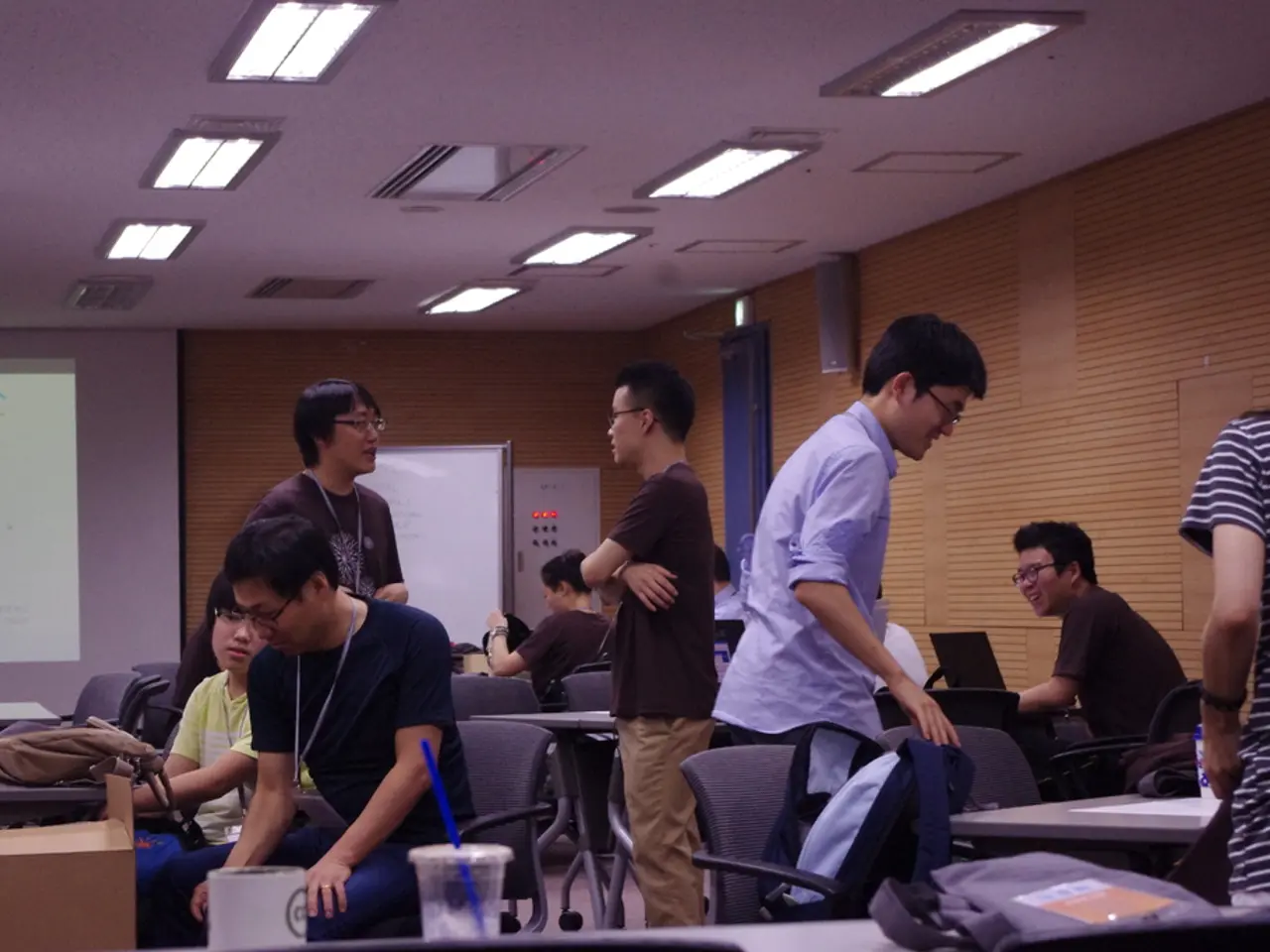Unmasking Presentation Fraud: Strategies for Safeguarding Identity Authentication Networks
The digital age has brought about significant advancements in technology, including AI-generated deepfakes and sophisticated forgery methods, which pose a substantial threat to the fraud prevention systems of financial institutions. These institutions are increasingly facing a new challenge: presentation attacks.
Understanding Presentation Attacks
Presentation attacks are attempts to deceive biometric or document capture systems during identity verification using fake, altered, or manipulated input. They come in various forms, including:
- Printed photo attacks: Using printed pictures of a legitimate person's face or ID document to deceive the system.
- Digital screen replay attacks: Showing video or images of a legitimate person’s face or document on a digital screen.
- 3D mask attacks: Employing realistic, lifelike masks to imitate another person’s face.
- Video injection or replay attacks: Feeding pre-recorded or AI-generated videos to the biometric system.
- Deepfake-based impersonations: Using hyper-realistic synthetic videos generated by machine learning to simulate the person.
- Face morphing or image blending attacks: Digitally merging two or more faces to create a hybrid identity that can fool verification systems.
Moreover, system-level exploits exist that bypass biometric sensors altogether by injecting pre-recorded media or tampering with biometric templates in software.
Countering Presentation Attacks
Effective defense against presentation attacks requires a combination of strategies. Here are some key countermeasures:
- Liveness detection technologies: These technologies verify if the biometric sample comes from a live person by analysing subtle cues (e.g., blinking, skin texture). KBY-AI’s passive liveness detection can identify these attacks without user friction.
- Intelligent image acquisition: Ensuring high resolution, proper lighting, and alignment of ID documents reduces false acceptances from poor quality fakes.
- Multi-Factor Authentication (MFA): Adding layers of security beyond biometrics minimises the impact of sophisticated spoofing like deepfakes.
- Out-of-band verification: Confirming user identity through separate communication channels prevents fraud via impersonation or deepfake attacks.
- Continuous training and awareness: Educating users and personnel to recognise signs of presentation attacks or fraudulent requests and fostering skepticism towards unexpected digital communications is crucial.
- Layered security approach: Combining sensor-level defenses (to detect physical spoofs) and software-level protections against system exploits is essential.
Staying Ahead of the Threat
To stay ahead of emerging threats, financial institutions must integrate face and voice biometrics, injection attack detection, and deepfake detection into multi-layered defenses. Adopting AI-powered solutions and continuously adapting to new threats can help businesses prevent presentation attacks and fraud while maintaining a seamless customer experience.
Recent cases have shown that even advanced biometric systems can be bypassed. For instance, a Brazilian thief used a mannequin with taped photos to access accounts using the "face ID" option and even apply for loans. To counteract such attacks, financial institutions must invest in cutting-edge solutions like Mitek's MiVIP platform.
The wide availability of inexpensive 3D printing devices has made the creation of physical disguises easier. Therefore, it is essential to remain vigilant and proactive in the face of these evolving threats. FinCEN has reported extensive use of high-quality fake identification documents for fraudulent account opening, underscoring the need for robust identity verification systems.
Implementing a multi-layered security approach, adopting AI-powered solutions, and continuously adapting to emerging threats can help businesses prevent presentation attacks and fraud while maintaining a seamless customer experience.
- Given the threat of presentation attacks and the increasing use of deepfakes, it is crucial for financial institutions to invest in AI-powered solutions for deepfake detection to supplement their multi-layered defenses.
- With the advancements in technology, such as 3D printing, the creation of physical disguises has become more accessible, making it imperative for businesses in the finance sector to continuously update their education and self-development initiatives to stay informed about cybersecurity threats and countermeasures.




